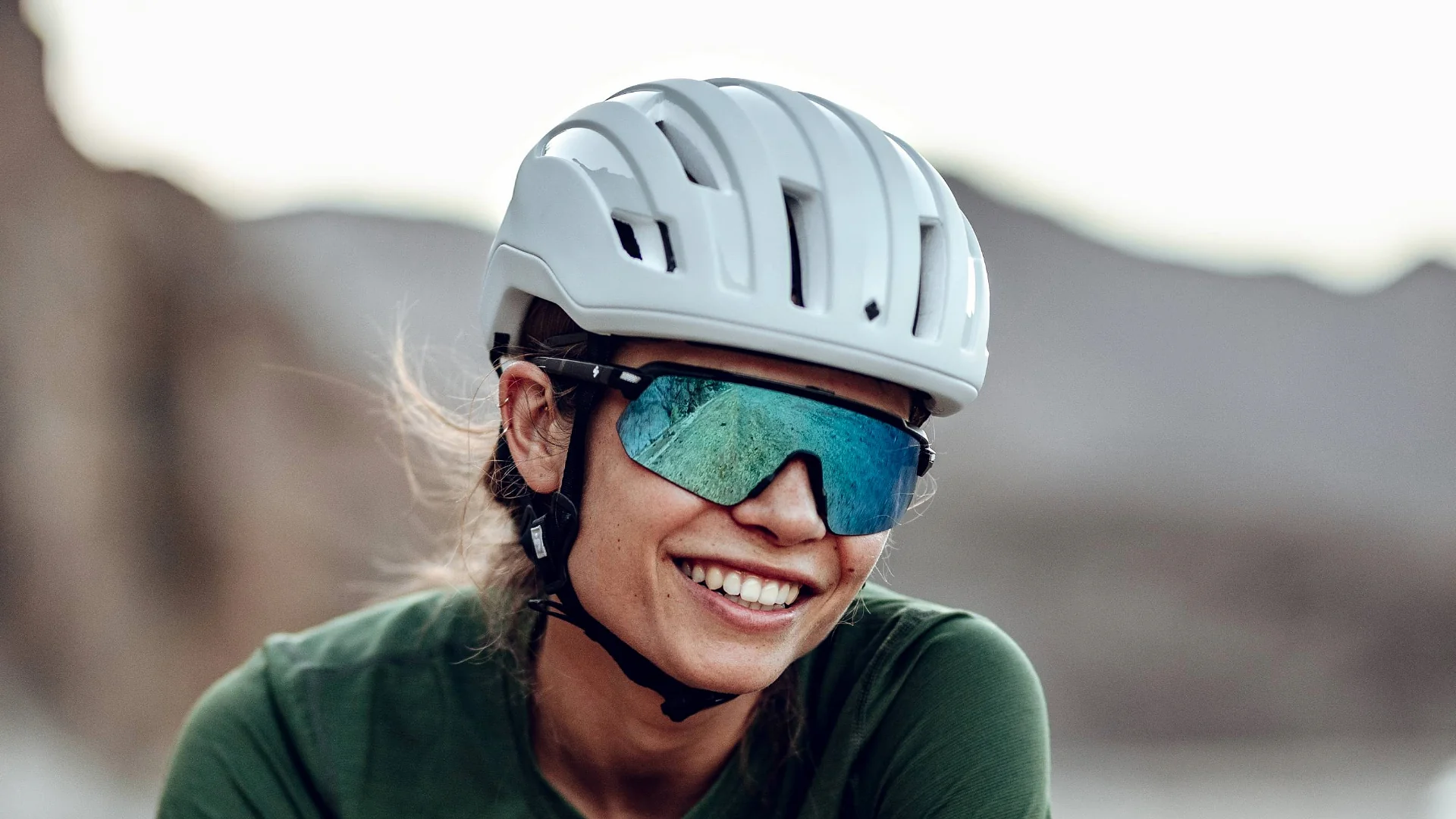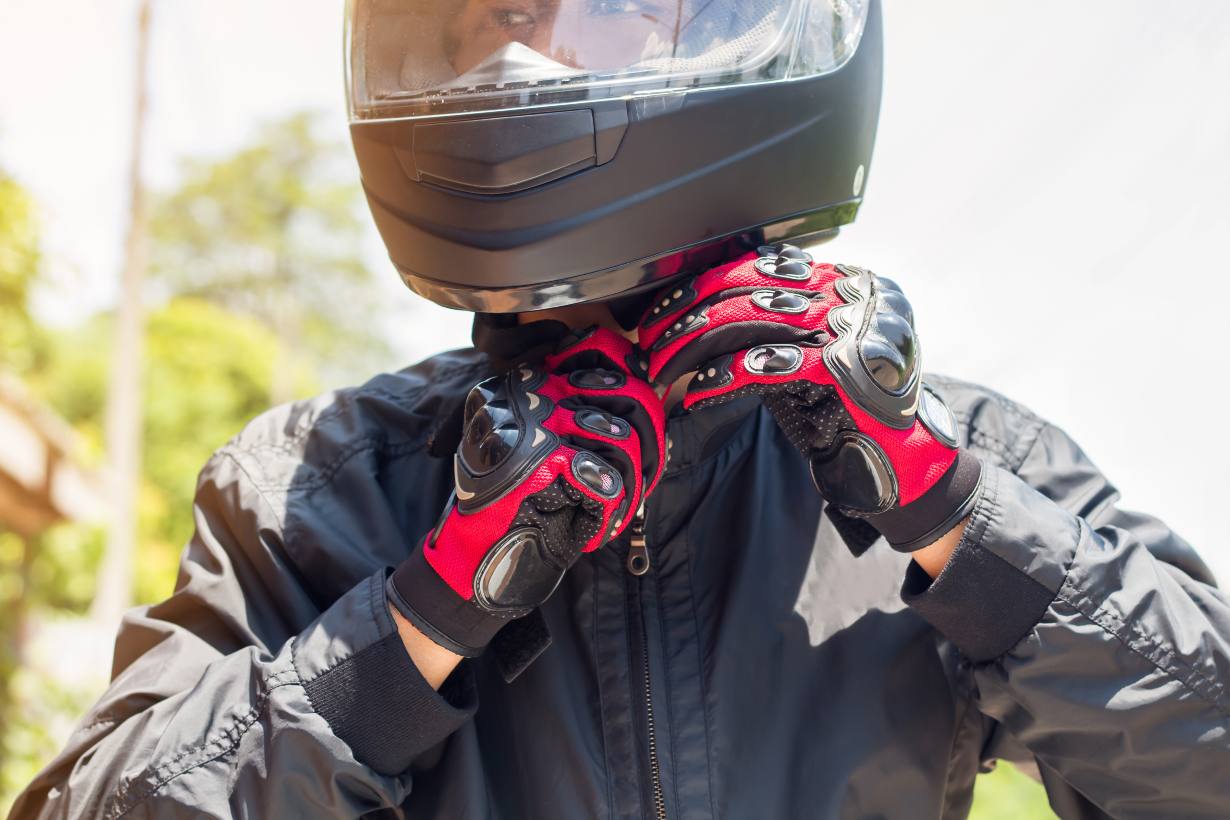Why Helmet Fit Matters for Adults
A properly fitted helmet is critical for reducing the risk of head injury in the event of a fall or collision. An ill-fitting helmet may slip or shift, potentially exposing parts of your head and reducing its protective capabilities.
A helmet that’s too tight can cause discomfort and make your ride less enjoyable. Finding the right size ensures your helmet stays in place and provides full coverage, giving you peace of mind on every ride.
Step 1: Measure Your Head for Accurate Sizing
To find the perfect helmet size, start by measuring your head circumference. Here’s how to do it correctly:
- Use a Flexible Measuring Tape: A soft measuring tape is ideal, but if you don’t have one, you can use a piece of string and measure it against a ruler afterward.
- Position the Tape: Wrap the tape around the widest part of your head, approximately 1 inch (2.5 cm) above your eyebrows and ears. This measurement captures the area where the helmet should sit.
- Keep the Tape Level: Make sure the tape is straight and level all the way around your head to get an accurate measurement.
- Record Your Measurement: Write down your head circumference in both centimeters and inches, as helmet sizing varies between brands and may be listed in either unit.
- Double-Check for Accuracy: Measure a second time to confirm accuracy, especially if your head size falls between two sizes.
Step 2: Consult the Helmet Size Chart
With your head measurement in hand, refer to the specific size chart for the brand of helmet you’re considering. Here’s a general guide to adult helmet sizes based on head circumference:
- Small (S): 20.5 – 21.5 inches (53 – 54 cm)
- Medium (M): 21.5 – 22.5 inches (55 – 57 cm)
- Large (L): 22.5 – 23.5 inches (58 – 60 cm)
- Extra Large (XL): 23.5 – 24.5 inches (61 – 62 cm)
Always check the brand’s specific size chart before purchasing, as sizes may vary slightly from one manufacturer to another.
Step 3: Try on the Helmet and Perform a Fit Test
Once you have a helmet in your size range, try it on and check for a secure, comfortable fit. Here’s what to look for:
- Position on Your Head: The helmet should sit level on your head, covering your forehead and sitting just above your eyebrows. It shouldn’t tilt back or forward.
- Snug Fit: The helmet should feel snug but not overly tight. If it moves around when you shake your head, it’s too loose. If it feels too tight or creates pressure points, try the next size up.
- Retention System: Many helmets have a dial or adjustable retention system at the back. Tighten or loosen this until the helmet feels secure without pinching.
- Chin Strap: Adjust the chin strap so it forms a “V” shape around each ear. Buckle the strap snugly under your chin, leaving just enough room for two fingers between the strap and your skin.
Step 4: Choose the Right Helmet Type for Your Riding Style
Different types of bicycle helmets are designed for specific cycling activities, each with unique fit and feature considerations:
- Road Helmets: Lightweight and aerodynamic, road helmets are ideal for long-distance rides. Look for a snug fit that doesn’t shift at higher speeds, with plenty of ventilation to keep you cool.
- Mountain Bike Helmets: These helmets offer extra coverage around the back and sides of the head and often come with visors to protect against sun and debris. They should fit securely to stay in place on rough terrain.
- Commuter Helmets: Designed for everyday riders, commuter helmets often include extra features like built-in lights, rain-resistant designs, and reflective elements. They should fit comfortably for medium-length rides.
Helmet Sizing Chart for Adults
Here’s a quick reference sizing chart to help you identify the correct size based on head circumference:
| Size | Inches | Centimeters |
|---|---|---|
| Small (S) | 20.5 – 21.5 in | 53 – 54 cm |
| Medium (M) | 21.5 – 22.5 in | 55 – 57 cm |
| Large (L) | 22.5 – 23.5 in | 58 – 60 cm |
| Extra Large (XL) | 23.5 – 24.5 in | 61 – 62 cm |
For the best results, always consult the brand’s specific size chart, as sizing can vary slightly.
Step 5: Fine-Tune the Fit for Comfort
Some helmets come with additional features that allow for further customization and comfort:
- Padding Inserts: Removable padding inserts can help fine-tune the fit and make the helmet feel more comfortable, especially on longer rides.
- MIPS Technology: Helmets with MIPS (Multi-Directional Impact Protection System) reduce rotational forces during impacts, providing added protection. MIPS helmets fit similarly to standard helmets, so sizing is usually the same.
- Ventilation: If you plan to ride frequently or in warm weather, consider a helmet with sufficient ventilation for airflow.
Step 6: Helmet Care and Replacement
To maintain your helmet’s effectiveness and lifespan, follow these maintenance tips:
- Replace After Impact: Helmets are designed to absorb a single impact. Replace yours if you’ve been in an accident, even if there’s no visible damage.
- Check Fit Periodically: Helmets can loosen over time with regular use. Reassess the fit every few months to ensure it still feels secure.
- Clean Gently: Use mild soap and a damp cloth to clean your helmet. Avoid harsh chemicals that may degrade the materials.
- Store Properly: Keep your helmet in a cool, dry place away from direct sunlight and extreme temperatures.
Final Thoughts: The Importance of a Well-Fitted Helmet
Choosing the right helmet size is a crucial step in keeping yourself safe and comfortable on every ride.
By measuring your head accurately, consulting size charts, and performing a fit test, you can ensure that your helmet stays securely in place and provides the protection you need.
With the right helmet fit, you’re ready to hit the road or trail with confidence and peace of mind.
Ride safely and enjoy every adventure with a helmet that fits like it was made for you!




![Where to Buy a Helmet in [City/Area]](https://jphelmet.com/wp-content/uploads/2024/11/hq720-1.jpg)




